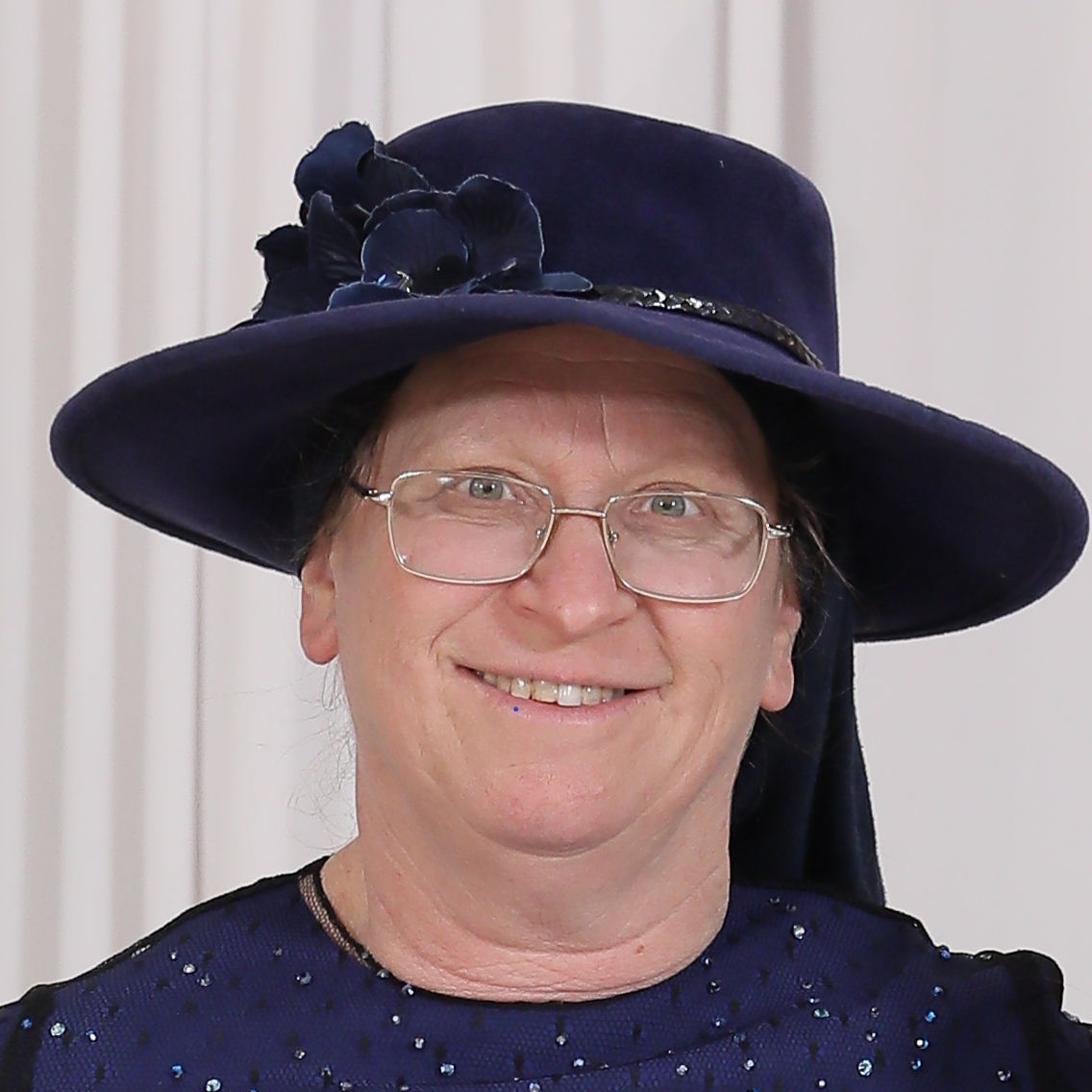Painful Disparity


“Female pain is often seen as normal and ironically this could be why it has not been taken more seriously” says pain researcher Dr. Ed Keogh (Photos: Shutterstock)
Miri Chevins hobbled into Dr. Abram’s office. He looked at her test results prodded her back in several spots and said “Carry on with the Motrin and the stretching exercises I showed you. I know it’s frustrating to be out of commission but we need to give it more time before taking aggressive action.”
“But when my husband strained his back you gave him Vicodin for the pain even though his tests didn’t show anything wrong.”
Dr. Abram blinked. It was true. But he felt that men don’t exaggerate their pain like women and research shows that men go to the doctor only when there’s no other choice.
Was he biased because Miri was a woman? Why was he treating two people with the same symptoms differently?
Yentl Syndrome
Isaac Bashevis Singer’s story “Yentl” is about a girl who disguised herself as a boy so she could learn in a yeshivah. Cardiologist Bernadine Healy was thinking of that character when she coined the term “Yentl syndrome” to describe a problem she was noticing: “Women having heart attacks are not taken seriously unless they have the same symptoms as men.” And even when they have the same symptoms men are more likely to be treated aggressively for heart attacks to be admitted to ICUs afterward and to get thorough workups.
Heart attacks are tricky because men’s symptoms are easier to recognize than women’s but the tendency to give women less care applies across the board. The odds that a surgeon will recommend knee replacement are 22 times higher for a man even when the woman is suffering just as much. It takes emergency rooms an average of 49 minutes to give a man painkillers for abdominal pain; a women won’t get painkillers for 65 minutes. A hospital is more likely to give a post-op woman sedatives — “it just dulled the pain and made me too sleepy to complain” one woman reported — while a man recuperating from the same surgery will be given strong painkillers.

It’s hard to find statistics for less pressing medical problems because many are misdiagnosed but the majority of the 100 million Americans suffering from undertreated chronic pain are women. It takes nearly five years and five doctors on average for patients with autoimmune diseases like multiple sclerosis celiac and rheumatoid arthritis (more than 75 percent of whom are women) to receive a proper diagnosis. Half of them are labeled “chronic complainers” in the early stages of their illness. Some diseases that affect mostly women like chronic fatigue and fibromyalgia (which causes widespread pain and exhaustion) took years to be recognized as “real” diseases at all.
Study after study shows that GPs refer men to pain clinics while women are referred by specialists after having suffered longer. When there they are more often treated with minor tranquilizers antidepressants and non-opioid meds while men receive opioids (narcotics).
“I feel like I am expected to tough it out and work through my pain” said Sara F. who suffered for years from an undiagnosed condition. “Doctors seem to expect me to manage my pain instead of them trying to ease it.”
Oops! We could not locate your form.







